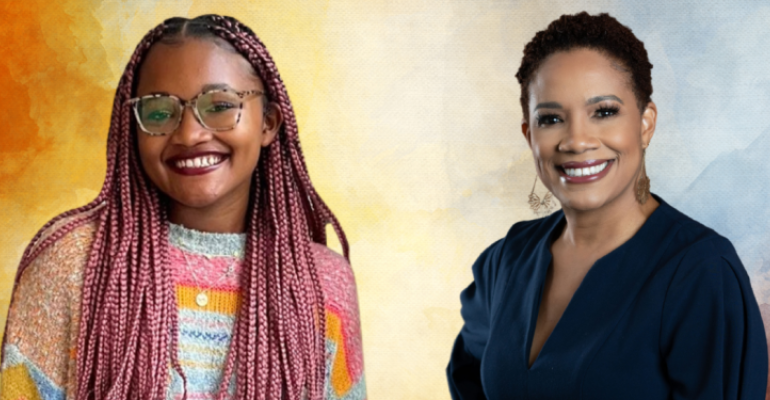As a Black female, I celebrated the passing of the C.R.O.W.N. Act–Creating a Respectful and Open World for Natural Hair last year. This bill protects Black students and employees from harassment and discrimination based on their hairstyles. While I am grateful that my position as a business owner of a financial planning firm and business strategy consulting firm shields me this professional trauma, I fear that my afro- and braid-wearing daughter will encounter workplaces accustomed to Eurocentric standards.
It’s no question that professional appearance holds importance in reflecting the tone, brand, and culture of a business. It’s also clear that business owners and leaders hold the power and responsibility of defining such standards. I wonder: have FinServ firms reconciled the 2022 ratification of the CROWN Act to the heritage and rights of their Black talent? Exposure to societal and cultural differences requires commitment to education and engagement.
I invite you to explore this real account of Black hair triumph to broaden your perspective and better equip you to lead talent, including my daughter and her Generation Z peers.
My hair journey went from a beautiful sharing of heritage, with my Mom designing my afros and cornrows as a toddler and adolescent with pride, to the horrific transition to permed, straightened hair in middle school. My Mom, who as a young adult in the 70s, “rocked” the most beautifully-sculpted afro, stole my Dad’s heart, “slayed” at her job, and raised her children. The cultural return to straight Black hair caused undue stress on my Mom. To protect herself and her two daughters from ridicule, she paid money (which was in low supply) for a stylist to apply toxic chemicals to her hair and her two daughters’ hair. She begrudgingly assimilated us to a society that rejected our natural beauty.
While attending a predominantly white university, I fought to maintain my hair (literally) and permed hair style. My two college jobs helped to fund this “required” expense. I found a hair rhythm until I decided to study abroad. I recall my Mom shipping an over-the-counter relaxer kit to me while I was in Spain. The stress of traveling to a new country as a 19-year old (having never ventured by train or airplane)–with a desperate need for a relaxer touch-up–almost sent me over the edge during a monumental time in my life. My parents were clueless about shipping items out of the country and the associated cost. It was a very troubling and expensive endeavor. With the help and care of my newly-met Black, female classmates, I restored my self-worth by applying the relaxer.
Fast-forwarding several years to 2005 when I became the Mom of a precious and precocious daughter, I had no training with styling hair, lots of trauma surrounding hair care, and no parent or family nearby to help me. I was determined that my daughter WOULD NOT have chemicals in her hair; she would carry the beautiful tradition of cornrows and braids regardless of where she attended school.
Gratefully, my husband and I possessed the financial resources for my bi-weekly hair appointment and for my 2-year old daughter’s monthly appointments. We were also grateful that heaven sent us a stylist for my daughter, Tamekia A. Swint, founder of Styles4Kidz, an organization committed to building a diverse community of people creating and celebrating hairstyles that boost kids' self-esteem and cultural pride.
The moment of truth came when my middle school-aged daughter desired “grown up” hair styles. Would I capitulate to society’s straight-hair fallacy or challenge eurocentric norms? I chose the latter for me, my daughter, my Mom and my beloved Black community. Another heaven-sent stylist, Erica Grier, “The Curator of Beauty,” performed my “chop” with sacredness and reverence. My rebirth bought joyous tears, courage to be me, and power to extend this gift to my daughter.
I chose freedom in wearing my natural hair–whether an afro, twists, coils, curls, braids, or a silk press–and extended this opportunity to my team members in the workplaces where I lead. Since middle school, my nearly 18-year daughter flows between designing her natural hair and wearing her braids. If she’s feeling fancy, she will wear braids with a hue of pink, purple or blue. My A-student and student body leader at a private high school owns her choice to relax her hair or wear it naturally.
FinServ leaders, be careful of suffocating the freedom of your employees to be themselves and bring their full selves to work. You stand to lose profitability by decreased productivity, increased legal expenses, and scarred brand reputation. Let the beauty of Black hair enhance and not deter your firm from staying relevant in an increasingly diverse environment.





